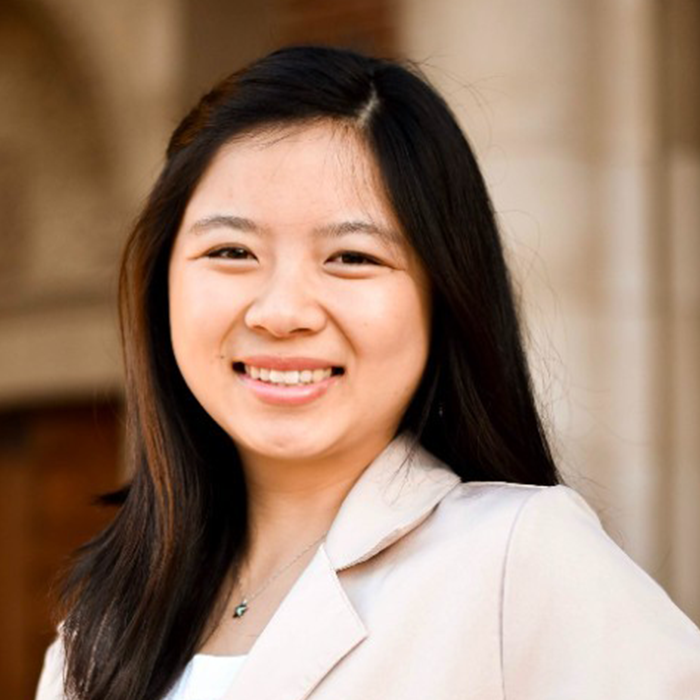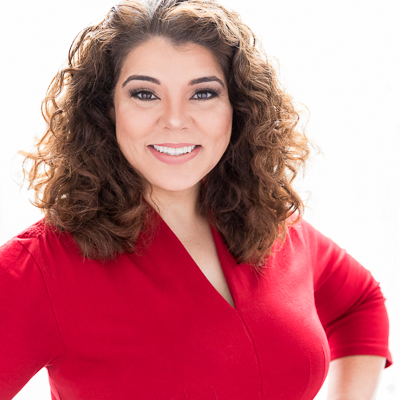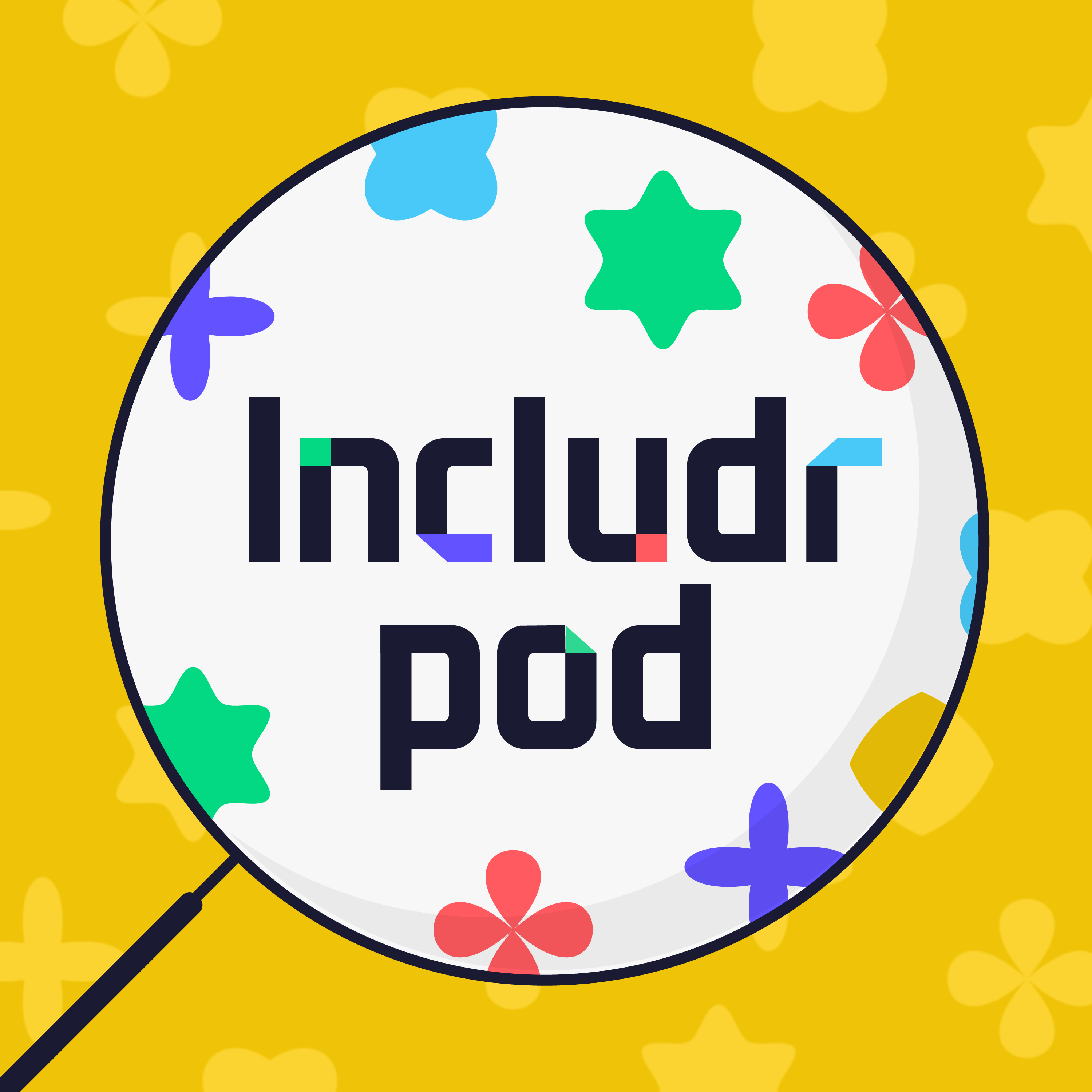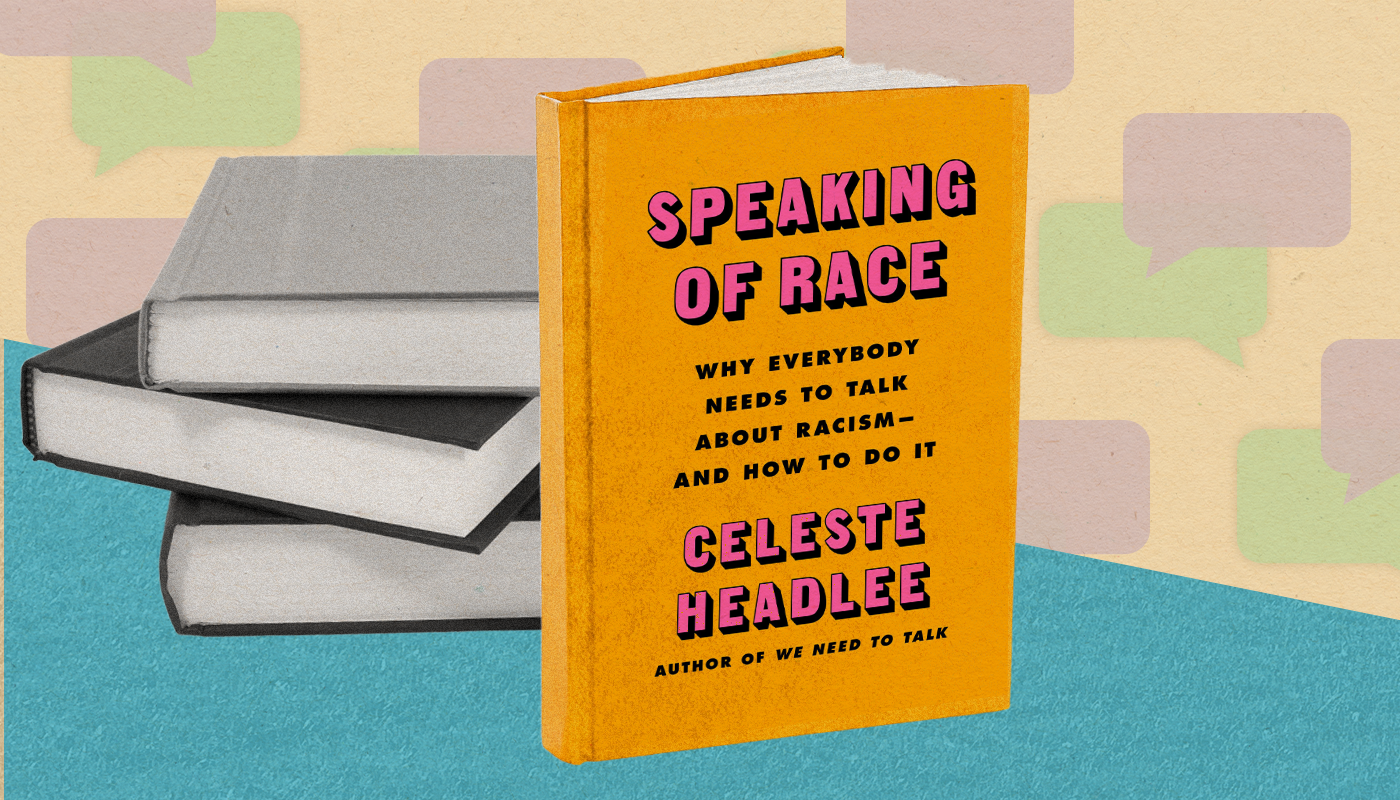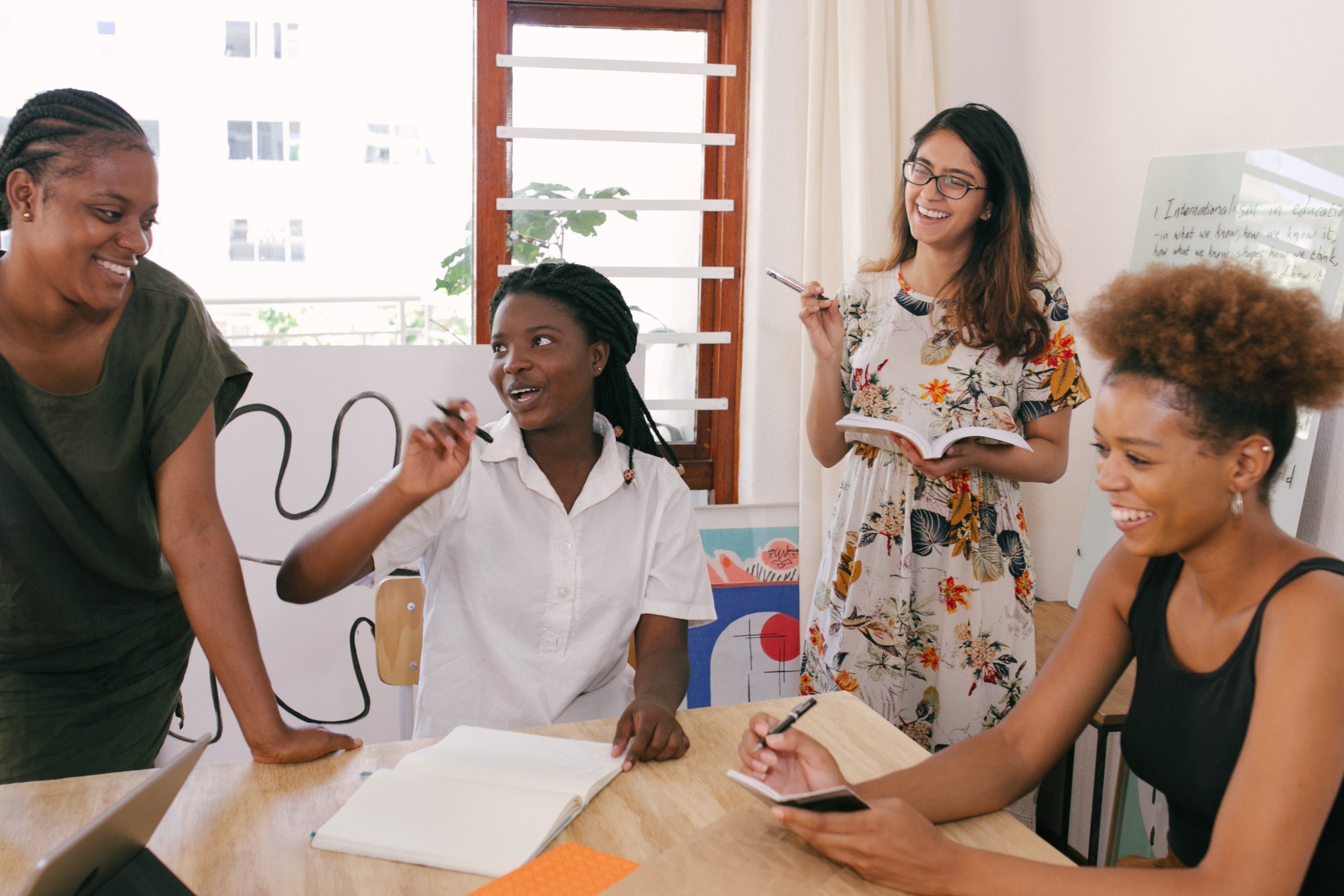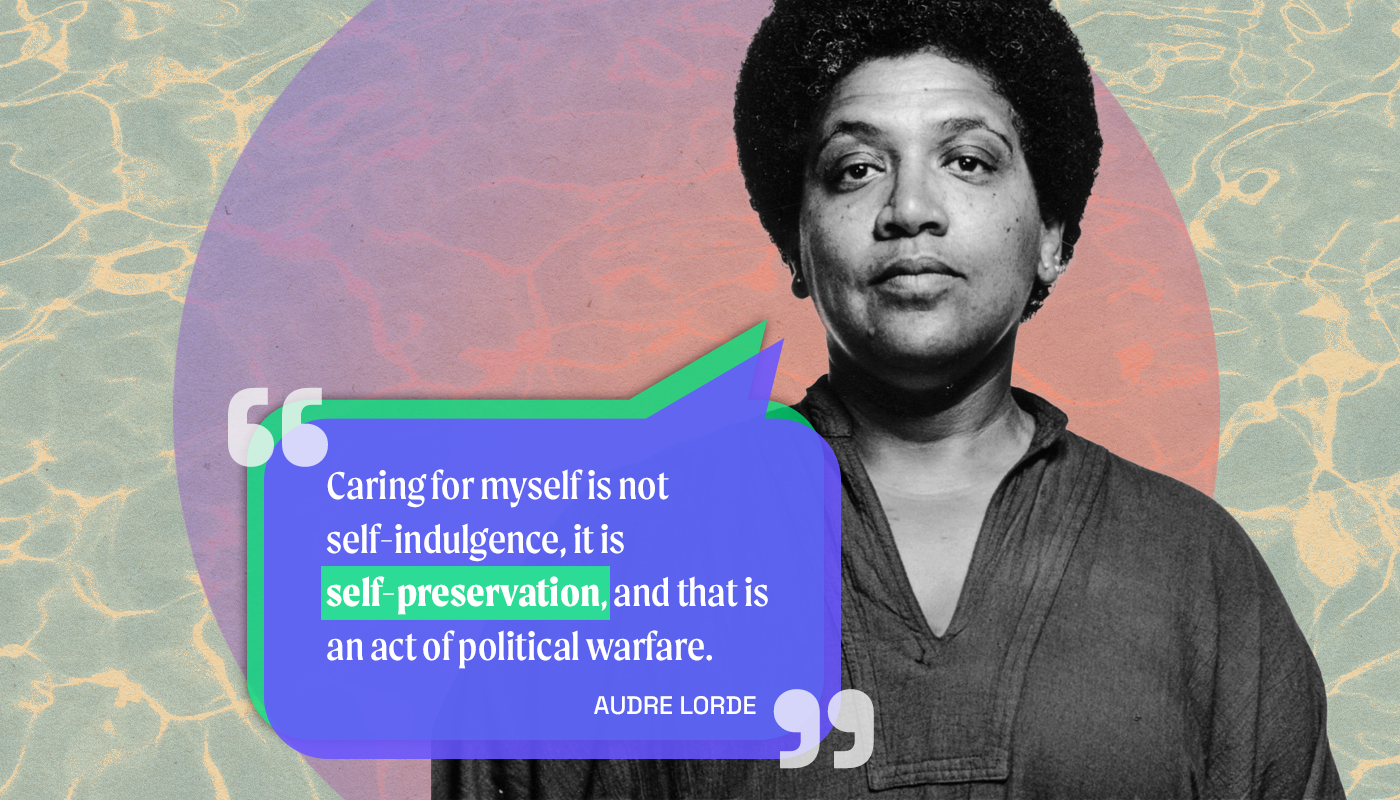6 tips for inclusive communication from Celeste Headlee
Build bridges with more thoughtful communication.
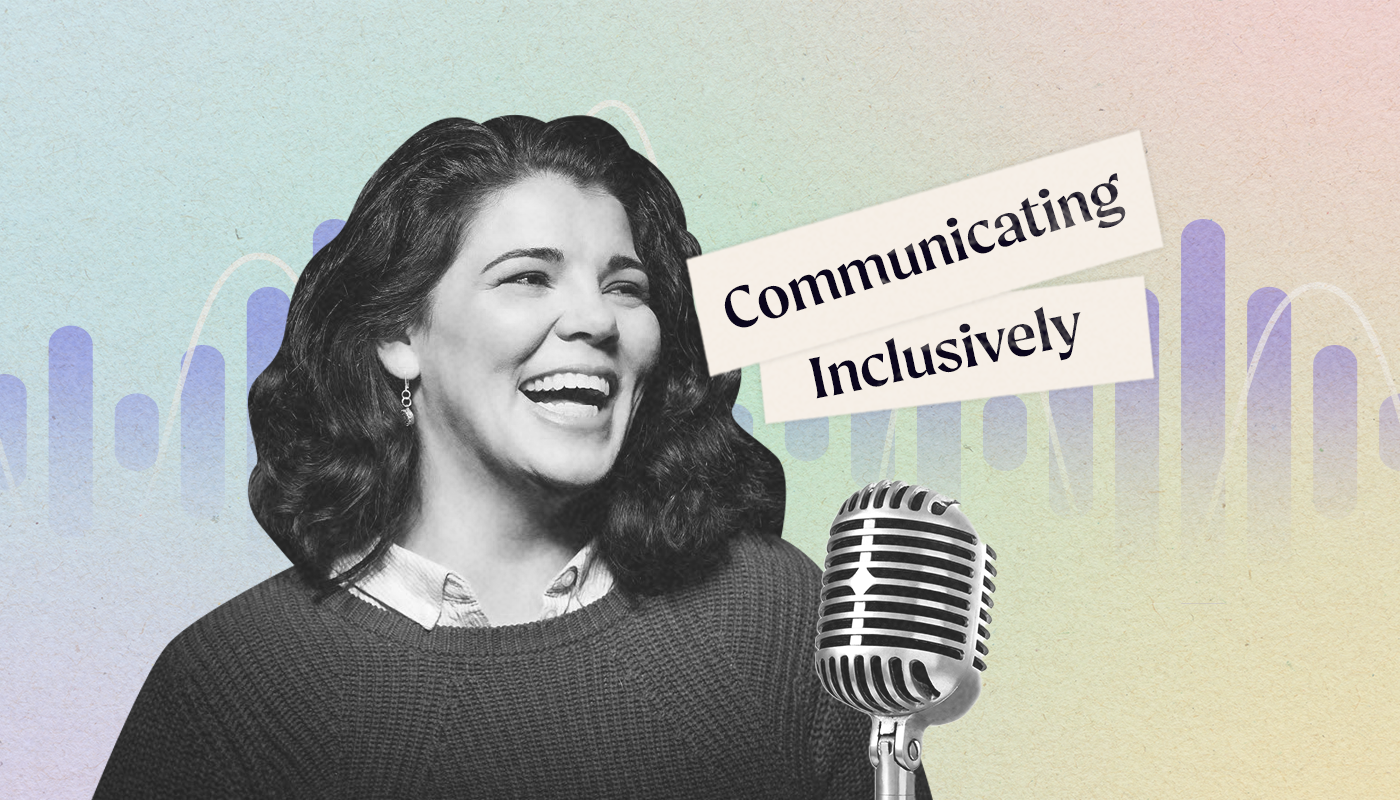
Communication has not only contributed to the survival of the human species, it is also one of the greatest skills that we have. In a conversation with IncludrPod host, Jeffrey Bowyer-Chapman, journalist and writer Celeste Headlee talked about the importance of inclusive communication. Celeste Headlee has spent her career working with words and communication – from her time as a journalist with NPR to her public speaking stints and self-written books – and has been active in advocating for inclusivity.
Thread:
Racism is not a Black problem. It's a toxic and dangerous dysfunction in our systems and institutions, perpetuated by the hateful prejudice of a few and the comfort or indifference of the many.— Celeste Headlee (@CelesteHeadlee) April 3, 2021
In a new episode of IncludrPod, Headlee shared some tips for how to be more inclusive in communication:
1. Use accessible language.
Although critical race theory and race scholarship has been critical in establishing a more precise vocabulary of words, Headlee said that using terms like “microaggression” can alienate people. Whether in the scientific community or among classical musicians, such jargon can be specific to esoteric groups; and when people hear terms they may not fully understand or be comfortable with, they may leave the conversation altogether.
“If you talk that way,
the only audience you will attract are people who are as knowledgeable about it as you,” Headlee said.
Using precise terms that are backed by research is important. Communicating inclusively means creating a space for people of all backgrounds and knowledge levels to engage and learn together. Letting go of the language of racial justice by using terms like “rudeness” instead of “microaggressions,” is one of the ways Headlee describes making progress towards more inclusive communication.
2. Make it personal.
Differences persist throughout our society. Whether it is a difference in political stance or a generational gap, these disparities can make communication difficult. The solution? According to Headlee, we have to ground the conversation and always keep it personal.
“You don’t say, ‘This is offensive to Black people’. You say, ‘This hurts my feelings when you say this and I know you care about me.
And would you please, for my sake, would you please not say that?’”
Establishing a personal connection not only ties the speaker to the issue at hand, but also creates a bond between the people in the conversation. Personal connections allow people to see from each others’ perspectives and to understand the similarities that exist among their differences, making inclusive communication more seamless.
3. Establish empathic bonds.
Personal connections are also important because they can help people develop empathy for one another. Citing an experimental study from Princeton, Headlee said that fMRI research showed that when people listen to each others’ stories and actually engage with it, their brain waves move in sync. Developing this bond and really resonating with another person’s story can help to change minds and to make people more inclusive.
“This was just a human voice telling a personal story. And human ears listening to it. And there we created an empathic bond.
Now we know that when empathy is engaged, that’s when you are actually involved in transformative listening, meaning that you are willing to be changed by what you hear. And that’s what makes the difference.”
4. Don’t educate; engage.
Attempts to educate people will not be successful, Headlee said. The journalist emphasized the importance of conversation, but noted that humans’ defensive shackles often rise when people try to educate us or help us, even if that help was solicited.
“In order to actually engage someone in education, you have to engage them by letting them participate.
It has to be collaborative but that means you also have to enter into this prepared to learn as well as teach. If you are not open to learning anything from that person, keep your mouth shut.”
Instead of lecturing someone, the real teaching comes from engaging others. Like children learning by responding to the questions posed by the characters of Sesame Street, adults also learn by answering questions. This is the most powerful form of conversation and education because it allows all involved to learn through their collaboration. When people engage with each other, they will both find information to share and knowledge to gain.
5. Don’t expect to have a conversation on social media.
https://twitter.com/CelesteHeadlee/status/1300798787095597058
The widespread use of social media has enabled people to connect with each other all over the world, overcoming many barriers like distance and language. Yet, Headlee warns, don’t expect social media or technology to create space for nuanced communication. Emails make people less compassionate; social media sends people to polar extremes; texts do not engage the brain. While social media might be a useful tool in helping to facilitate authentic social interactions, it cannot do so by itself. Instead, social media is a bridge towards real connections but should not and cannot be seen as a sole communication space.
6. Stop worrying about values.
Everyone has their own values — and biases. “The fact of the matter is, you can’t change somebody’s values,” Headlee said. Headlee suggests, rather than a futile attempt at changing others’ values to reflect our own, we should focus on behavior change and creating an equitable system where bias doesn’t even affect it.
“We can change behavior. And we do that through a process of incentives and disincentives.
I suggest we stop debating the value of diversity and simply create behavioral science and create processes that either reward it or punish it.”
Communication is a powerful mechanism by which humans can understand each other’s ideas and values. Celeste Headlee’s tips set the stage for inclusive communication and help to foster more authentic relationships and connections among people. Listen to our IncludrPod episode, The Art of Conversations that Matter, to learn about these tips and more. ![]()

